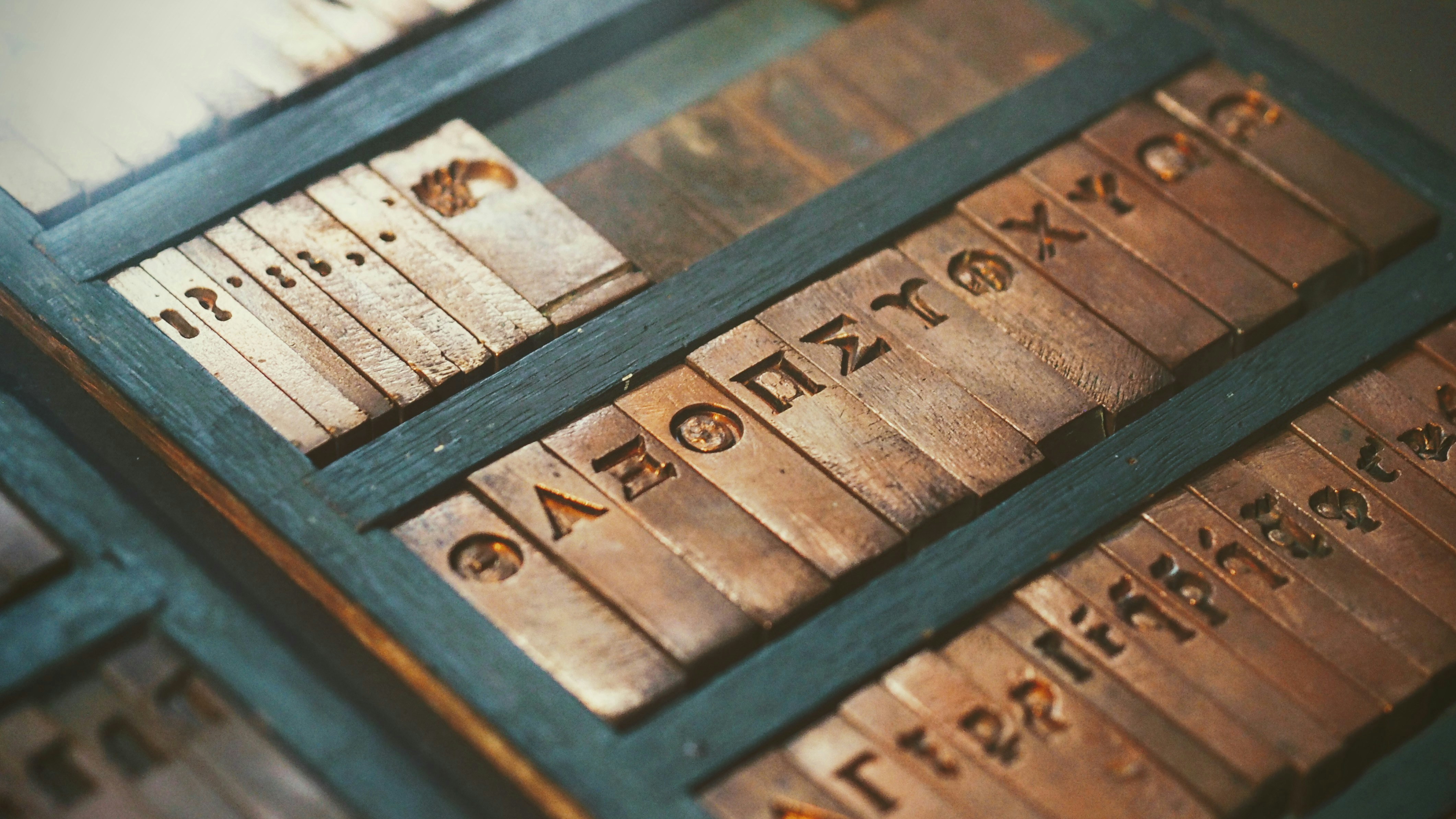Years ago, the JavaScript language was gifted with the Symbol primitive. Unlike many other language features in ES6, it was not simply a shorter syntax for doing something otherwise previously possible. It is not obvious what the point of these symbols are, and they are not commonly used. If you try to read up on them, you will find that many articles focus on details that are not important to the purpose of symbols. This article will explain what they are, what the point is, and give some real life use cases.

What is it?
Symbols are a type of value in JavaScript, like numbers and strings. It is a core primitive, not a high level class deriving from Object. Let's create some symbols to see how they work:
// Symbols are created with the Symbol function:
const a = Symbol();
const b = Symbol();
// Each symbol value is different, even though they look the same:
a == b; // false
// You can pass a string with a description, but this is only meant for debugging purposes:
const colorRed = Symbol("The color red");Yes, but what is the point?
Given the previous description, symbols seem like weird strings that you cannot see. But their main purpose is that they can be used as property keys on objects.
Property keys in JavaScript have before this been confined to strings:
const ola = { name: "Ola", age: 30 };But now, these keys can be symbols:
const name = Symbol();
const age = Symbol();
const kari = { [name]: "Kari", [age]: 32 };And these symbol keys are treated separately from the old fashioned string keys:
Object.keys(kari).includes(name); // false
for (let key in kari) {
// will never be name or age
}
Object.getOwnPropertySymbols(kari).includes(name); // trueI still don't see the point!
Yes, of course you don't. Why write 3 lines of code when 1 would suffice? Their purpose come to light when you consider that all symbols are unique and will never have a name clash.
// Let's say you want to extend a third party object with your own property "graphics":
const element = document.getElementById("title");
// The messy way:
element.graphics = makeGraphics();
// What happens if a future DOM standard adds a property with the same name?
// What happens if third party code iterates all properties of the element?
// The Symbol way:
const graphics = Symbol();
element[graphics] = makeGraphics();I am so random
Symbols are the elegant solution when you otherwise would make up some random value to separate things. A typical example is handling the arrow keys on the keyboard:
// The non-symbolic way:
const arrowkeys = { up: 1, down: 2, left: 3, right: 4 };
function handleKey(key) {
if (key === arrowkeys.up) {
// do something
}
}Now consider what happens if we pass the wrong value to this function:
const someOtherValue = "X".length();
handleKey(someOtherValue); // interpreted as up!The messy solution to this might be to make up some very random values for arrowkeys. But the elegant solution is to use symbols instead:
const arrowkeys = {
up: Symbol("Arrow up"),
down: Symbol("Arrow down"),
left: Symbol("Arrow left"),
right: Symbol("Arrow right"),
};
if (key === arrowkeys.up) {
// Can ONLY be true for arrowkeys.up
}
// Debugging is also clearer:
console.log(key); // Symbol(Arrow up)What if JavaScript itself wants to extend you?
The non-invasiveness of symbol keys is used by the JavaScript runtime itself to make it possible for us to override standard features like conversion to primitive values:
// If you have an object you like:
const myPlace = { name: "Oslo", population: 680000 };
// You can override one of the predefined symbols like Symbol.toPrimitive:
myPlace[Symbol.toPrimitive] = function () {
return this.name.substring(0, 2);
};
myPlace + "love" === "Oslove"; // so trueImagine if, instead of symbols, there were reserved function names on Object to override for these kind of extensions. That would make name collisions much more frequent.
Even for ... of loops can have their behaviour defined:
// Let us redefine Symbol.iterator!
myPlace[Symbol.iterator] = function () {
let step = 0,
name = this.name;
return {
next() {
return {
value: name[step] ? name[step].toUpperCase() + " to the " : name + "!",
done: step++ > name.length,
};
},
};
};
// And now we got a custom for-of-loop:
for (const x of myPlace) {
console.log(x);
}
/* Output:
O to the
S to the
L to the
O to the
Oslo!
*/Conclusion
Although a small feature in JavaScript, symbols bring something to the table that no other mechanism can. Use them to avoid polluting the namespace, and when you need unique values without being creative. Use it wisely, and happy coding!